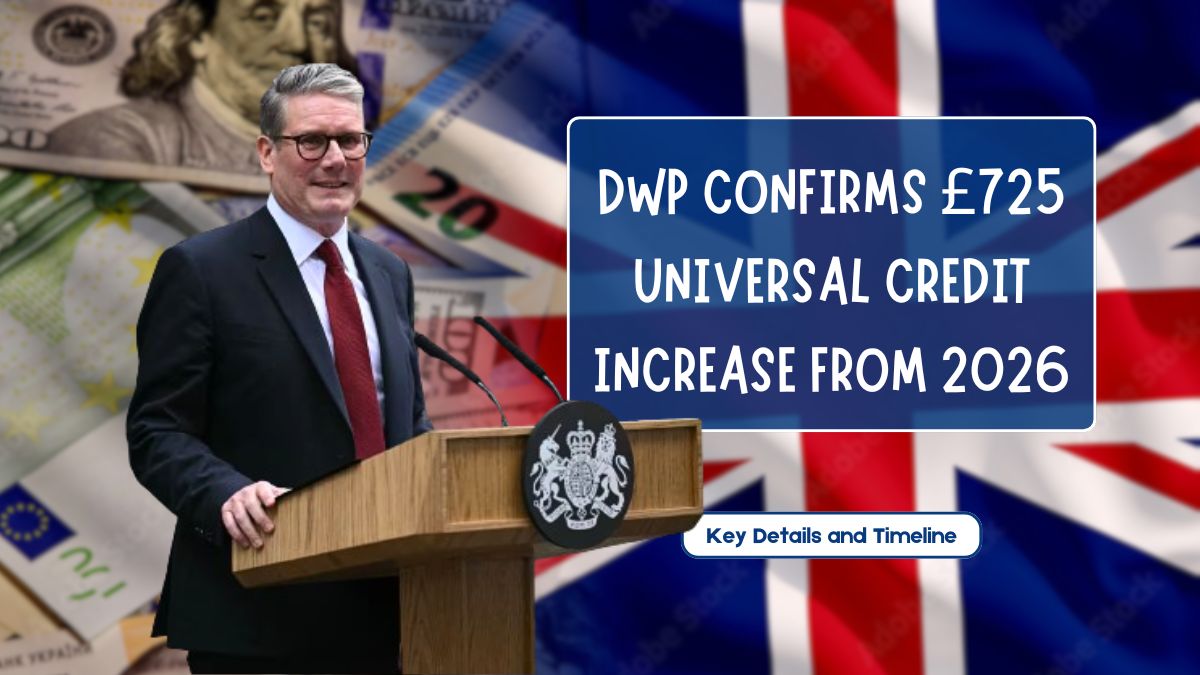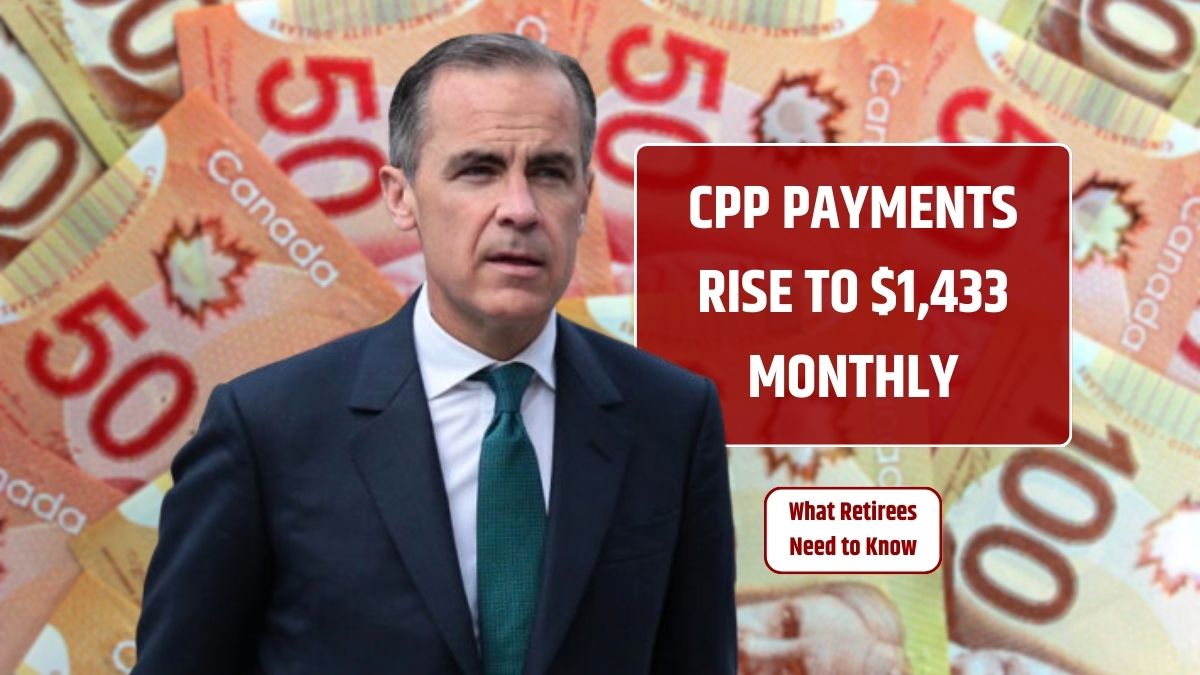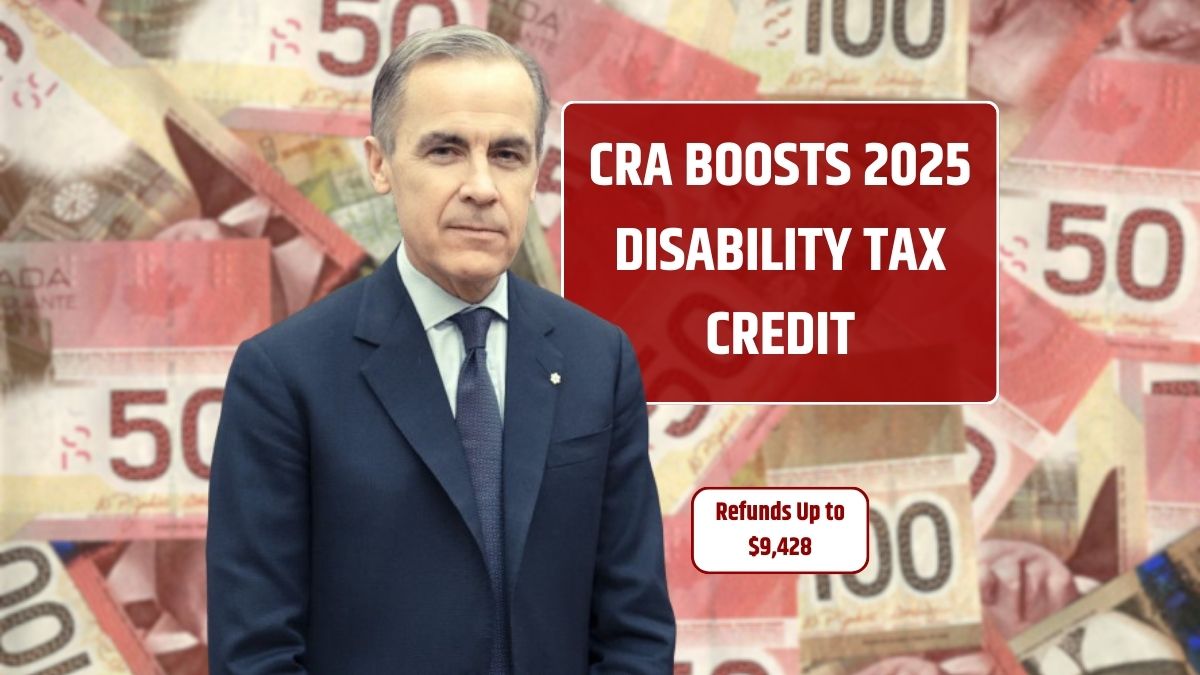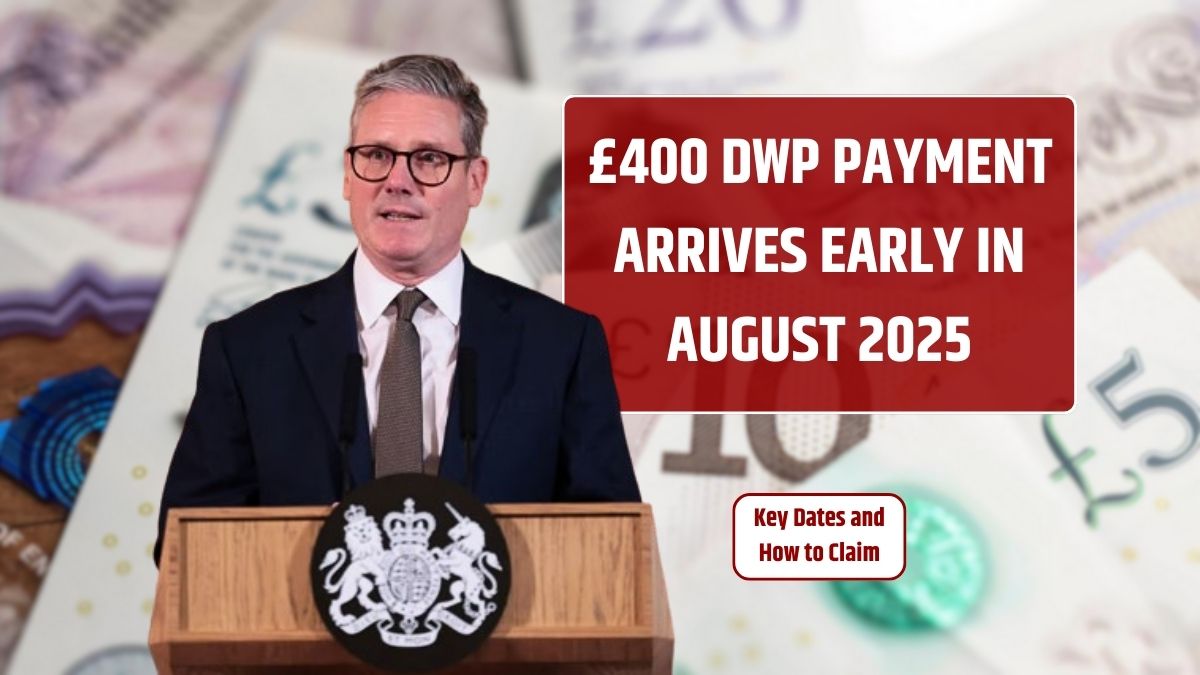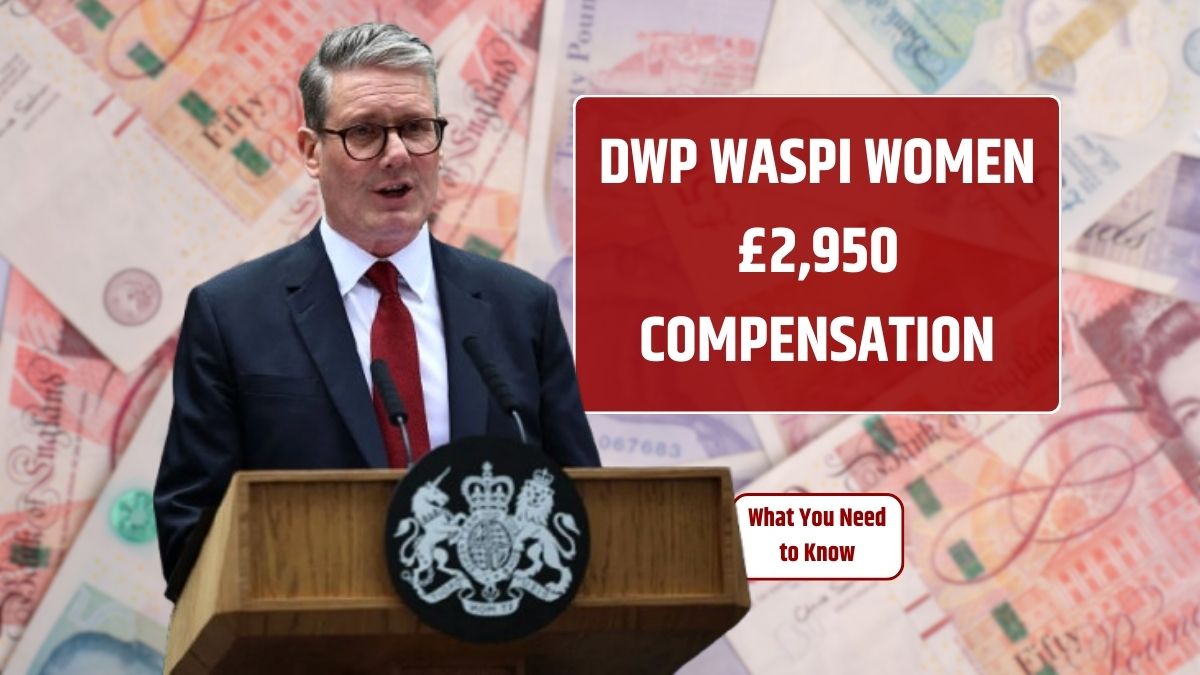The Department for Work and Pensions (DWP) has confirmed a major boost to Universal Credit starting in April 2026. This phased increase will deliver a total uplift of £725 a year by 2029–30, offering millions of claimants extra financial support in response to the rising cost of living.
Unlike routine inflation updates, this uplift is part of a wider welfare reform designed to better target support while encouraging long-term financial independence.
Overview
The Universal Credit increase will be rolled out in four stages to allow the system and budget to adjust gradually.
| Financial Year | Estimated Annual Increase | Notes |
|---|---|---|
| 2026–2027 | £180–£200 | First phase of increase |
| 2027–2028 | £360–£400 | Above-inflation rise |
| 2028–2029 | £540–£580 | Third stage uplift |
| 2029–2030 | £725 | Full increase applied |
This plan focuses on single adults aged 25 and over who receive the standard allowance, but other claimants will also see adjusted support.
Eligibility
The main group benefiting from the £725 uplift will be:
- Single adults aged 25+ on the standard allowance
- Individuals not receiving additional health or disability-related top-ups (although these will still be updated separately)
- Around 4 million claimants are expected to gain from this increase
Low-income households partially supported by Universal Credit could also see their award change depending on their claim details.
Yearly Rollout
The staged rollout means claimants will see a gradual rise each year:
- 2026–27: £180–£200 per year increase
- 2027–28: £360–£400 per year increase
- 2028–29: £540–£580 per year increase
- 2029–30: Full £725 uplift
Because the increases are above inflation, claimants will see a real boost in spending power.
Welfare Reform Bill Changes
The Universal Credit increase is part of the wider 2025 Welfare Reform Bill, which also includes:
- A £725 uplift in the standard allowance by 2029–30
- Restructured LCWRA (Limited Capability for Work and Work-Related Activity) element – new claims from April 2026 will get £50 per week
- Stricter PIP (Personal Independence Payment) rules from November 2026, requiring at least 4 points in daily living activities
- Recruitment of 1,000 new work coaches to help claimants into employment
These reforms aim to make welfare more targeted and responsive to economic realities.
Key Dates
| Date | Change |
|---|---|
| July 2025 | Second reading of Welfare Reform Bill in Parliament |
| April 2026 | Start of UC uplift and LCWRA changes |
| November 2026 | New PIP criteria for new claims |
| April 2027–2029 | Continued phased UC increases |
| April 2029–2030 | Full £725 uplift in place |
Support for Claimants
Alongside payment increases, the DWP will offer more employment and transition support. The 1,000 new work coaches will assist with:
- Job search and skills training
- Accessing education and qualifications
- Guidance through changes in health-related benefits
For those with serious health issues or terminal illnesses, existing support will remain and continue to rise with inflation.
Long-Term Goals
The increase is part of the “Get Britain Working” strategy, aiming to:
- Encourage employment where possible
- Maintain strong safety nets for vulnerable groups
- Make welfare more focused and financially sustainable
It’s designed to support those who truly need it while giving work-ready claimants the tools to become more financially independent.
FAQs
When does the UC increase start?
April 2026.
How much is the full uplift?
£725 annually by 2029–30.
Who gets the biggest benefit?
Single adults aged 25+ on the standard allowance.
Will LCWRA change?
Yes, new claims from April 2026 get £50 per week.
Are PIP rules changing?
Yes, stricter criteria apply from November 2026.
